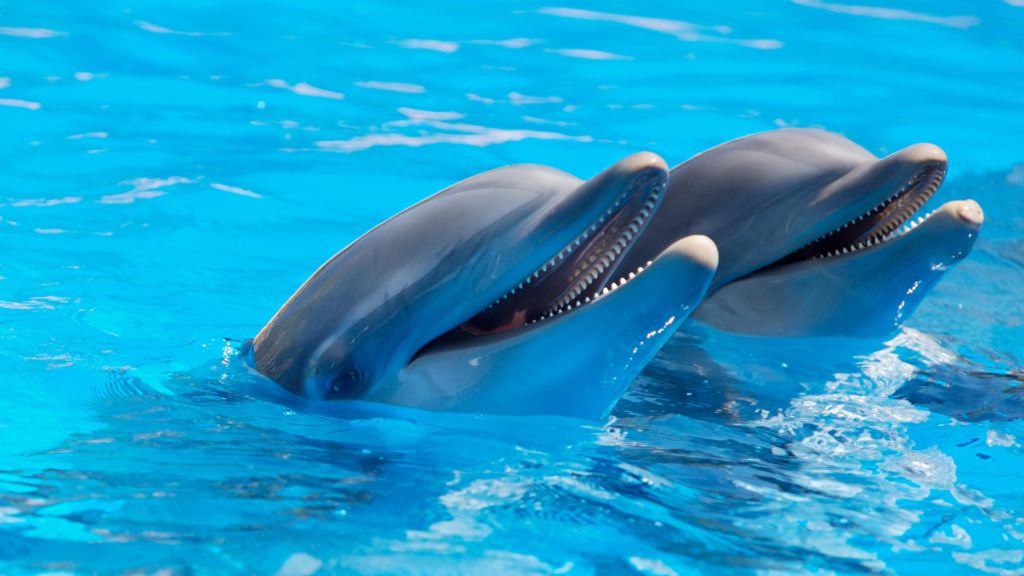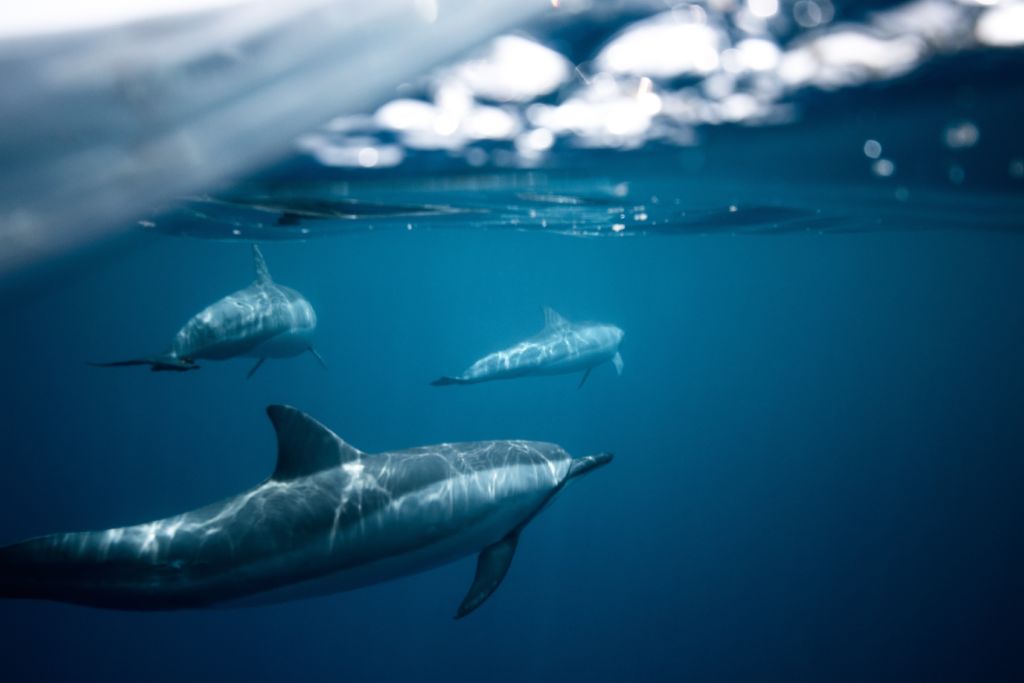Just Because Dolphins Appear Happy Performing Tricks, Doesn’t Mean They Are – Here’s Why

There’s a common misconception about dolphins in captivity that just because a dolphin appears to be happy, then they are.
Well, this is far from the case. Training dolphins in captivity, especially to become accustomed to human interactions, also involves food deprivation training.
In collaboration with Patrizia Patti’s Ecomarine Malta with help from Animal Liberation Malta, Lovin Malta spoke to Francesca Soster, to hear more about dolphins’ lives in captivity – and why they shouldn’t be there.
Food deprivation for training
According to The Dolphin Project, dolphins that have been captured from their natural habitat have a lot of adaptations to undergo in their new life, such as food deprivation training.
“Labelled as ‘positive reinforcement’ or ‘operant conditioning’, dolphins are kept hungry enough so that they will comply with instructions from trainers, whether to learn new behaviours or to execute them during a performance or tourist encounter,” the Dolphin Project explained.
So that’s why you see dolphins doing their tricks – cause they were deprived of such a basic living requirement to do so.
Among these adaptations, is also the fact that dolphins in captivity have to accept a new diet of fish, as well as undergo a number of invasive interventions, such as tube-feeding.

Dolphin’s emotions
EcoMarine’s Francesca also explained how dolphins living in the wild will probably experience emotions that might support survival and reproduction.
“Although we cannot speculate on the emotional state of captive dolphins, it is known that in the wild emotions might support survival and reproduction,” Soster said.
“Recently, a lot of attention has been brought to animals’ emotions and to the correspondence between fear, pain, joy, pleasure, and social interactions. Social bonds are known to benefit different aspects such as enhanced immune system, survival and reproduction, social skills and reduced risks of predation and harassment,” she explained.

The exploitation of dolphin’s synchronicity
Francesca also explained how wild bottlenose dolphins are known for the extreme synchronicity in their movement, especially performed by males engaged in alliances – however, these abilities are exploited.
“Synchronized displays can include surfacing to breath at the same time but also full leaps performed at the same time and often identical or even mirrored.”
“These natural abilities are exploited in captivity to entertain the audience, thanks also to their mimicking abilities which are very important in dolphins’ cultural transmission as well.”

Self-destructive behaviour
When dolphins are kept in captivity for too long, they become even more susceptible to self-destructive behaviour.
“Prolonged confinement in such small quarters can lead to depression and self-harming behaviours,” The Dolphin Project explains.
There have been a number of documented examples displaying such behaviour, that has been displayed both by dolphins and orcas.
These include repeatedly smashing their heads against tank walls or gnawing on the walls and gates of their confinement.
This is the second article from a series of articles together with Ecomarine Malta and Animal Liberation Malta.
Share to raise awareness about dolphins
